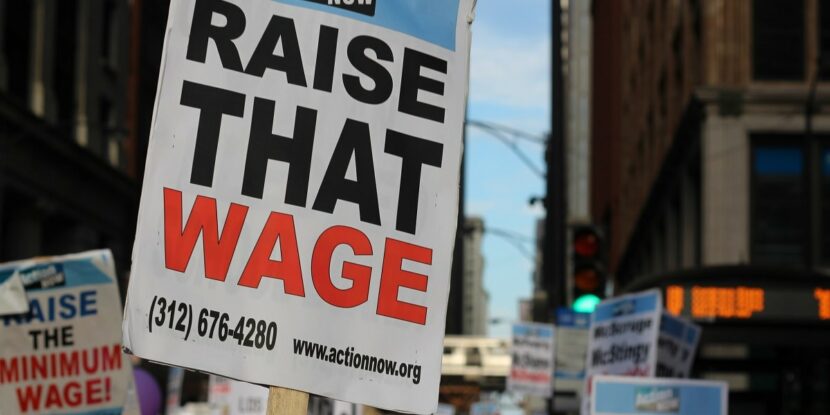A paper released yesterday by a group of researchers at the University of Washington reveals that, as conservatives and economists have predicted, drastic minimum wage hikes may indeed harm the very people that they were put in place to help.
The study, which was published by The National Bureau of Economic Research, analyzed the impact of Seattle’s recent minimum wage increase:
This paper evaluates the wage, employment, and hours effects of the first and second phase-in of the Seattle Minimum Wage Ordinance, which raised the minimum wage from $9.47 to $11 per hour in 2015 and to $13 per hour in 2016. Using a variety of methods to analyze employment in all sectors paying below a specified real hourly rate, we conclude that the second wage increase to $13 reduced hours worked in low-wage jobs by around 9 percent, while hourly wages in such jobs increased by around 3 percent. Consequently, total payroll fell for such jobs, implying that the minimum wage ordinance lowered low-wage employees’ earnings by an average of $125 per month in 2016.
The report explains that the $125 net loss per month statistic was determined by subtracting the cost of the reduction in hours ($179 per month) from the wage increase due to the minimum wage hike ($54 per month). Over one year, that means that these workers are losing $1,500, a sizeable amount.
In addition, the study found that in the first nine months of 2016, 5,000 low-wage workers lost their jobs. This represents a 6.8 percent decrease in jobs for that group.
The report concluded: “There is good reason to believe that increasing the minimum wage above some level is likely to cause greater employment losses than increases at lower levels.” In Seattle’s case that level appears to be somewhere below $13.
Jacob Vigdor, a University of Washington economist and one of the authors of the study, cautioned lawmakers considering minimum wage increases to pay attention to what happened in Seattle:
The goal of this policy was to deliver higher incomes to people who were struggling to make ends meet in the city. You’ve got to watch out because at some point you run the risk of harming the people you set out to help.
This study puts a serious damper on the “Fight for $15” movement’s argument that the current $7.25 federal minimum wage must be doubled to help low-income workers. The reality is that as the cost of employing low-skill workers exceeds the benefit that they provide to their employers, their hours get decreased and their jobs get eliminated. It’s simple economics.
Photo credit: Anna Waters via Flickr, CC BY 2.0


